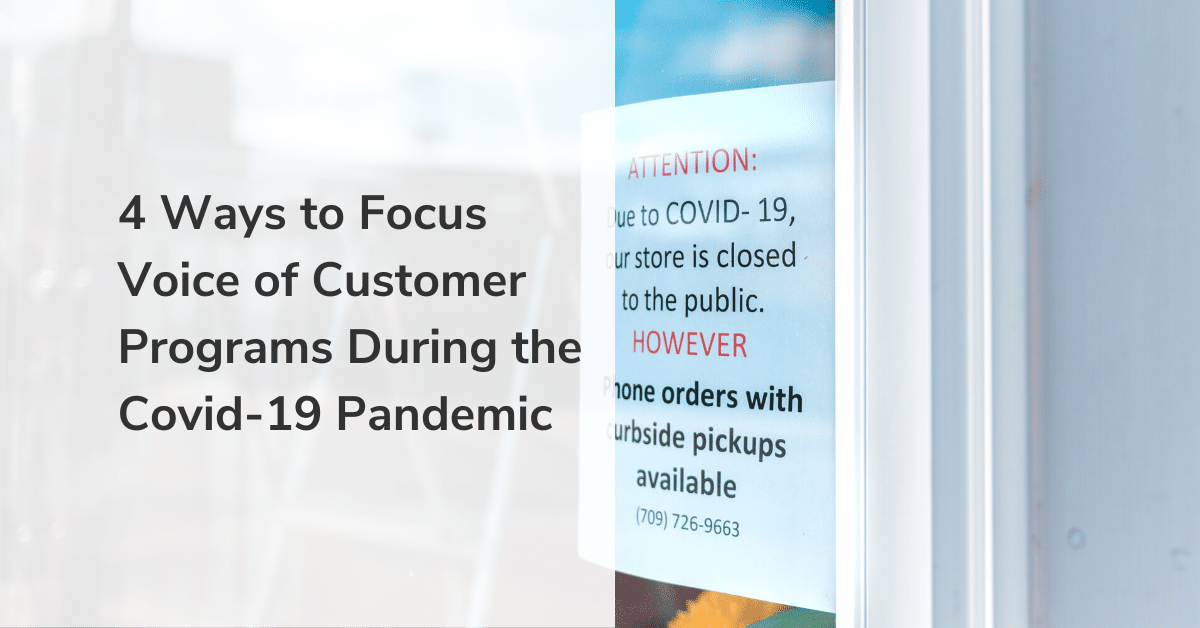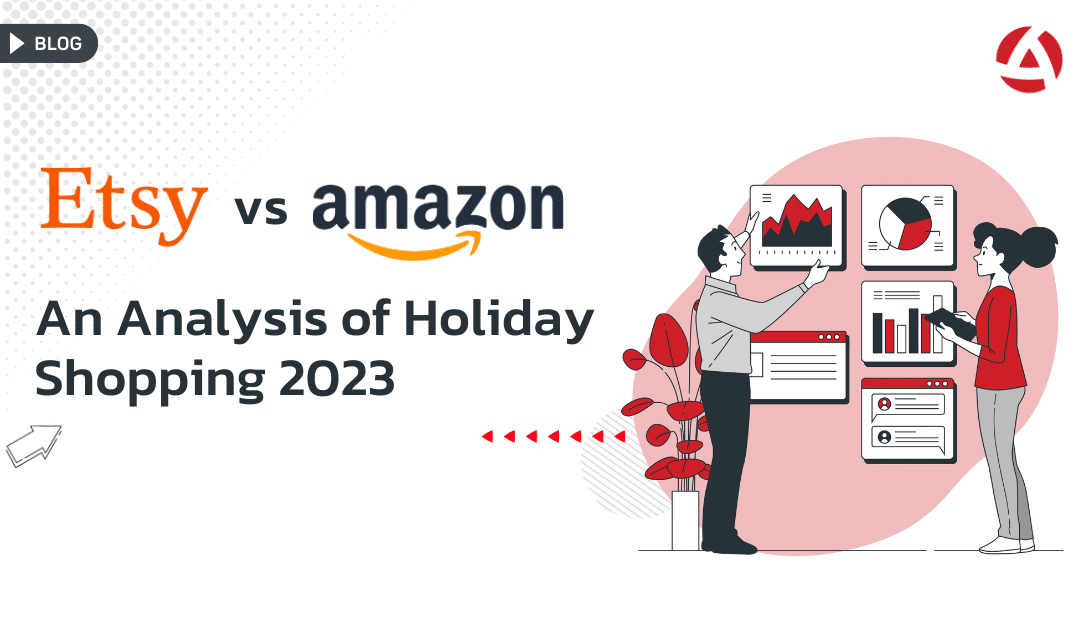How COVID-10 Shapes CX?
As the global pandemic continues to impact our daily and professional lives, we are all trying to adapt to a “new normal.” We are getting used to working from home, collaborating with colleagues online, and getting things done in our “virtual companies”. A similar trend is unfolding for the Voice of Customer (VoC) programs: adapting to the new normal.
Upon the acceleration of the impact of the virus in consumers’ lives, the first response of the C-suite and CX professionals was to suspend or limit their VoC programs. One of the bank executives we spoke to mentioned that the customers were not able to think healthy right now. So they did not see any point in asking for any feedback. Another executive suggested that sending transactional NPS surveys is irritating right now, so they halted their program.
As we experience the first wave of the impact of the pandemic, we see some changes in this initial response. Both consumers and enterprises are accepting the facts of the situation and evaluating how they can adapt to this new environment. Based on our conversations with our clients in banking, retail, and insurance, we wanted to share approaches and actions on VoC programs:
What value can a VoC program offer during this time?
Input for “War Room” decisions: Many companies today established “War Rooms” where executives consolidate key data from both internal and external sources, execute critical decisions, and share learnings daily. According to an executive leading the CX program of a retailer, VoC data such as NPS scores and feedback data are critical inputs from the field. They ensure the executive teams do not make decisions that ignore the customer’s perspective.
Pulse on employee morale: Employees and especially touchpoint employees are going through tough times. Many are working remotely, and some are still in the field. Feedback from customers can act as a motivational factor for them. When we asked one of our clients about the verbatim and NPS scores, he mentioned that their NPS score was stable. Still, more importantly, he gave several examples where customers gave feedback on how grateful they were for the help provided by employees. He added sharing the feedback in real-time with employees boosted their motivation.
Insights on what is working and what is not in the new normal: Companies had to make changes to their essential journeys and episodes during this time. They may need to make further changes as the situation evolves. Ensuring that customers experience the journey as designed can be made possible through feedback from users or customers. With that feedback, companies can be more confident in both the quality and the consistency of customer experience.
Ensuring continuity of brand promise delivery: Consumers value continuity. Once the epidemic comes to an end, brands which were able to deliver the essentials of their brand promise will probably be the ones who will keep or grow their share in the mind of the consumers. We believe a crucial emotion that companies should focus on is “trust” and how to deliver it consistently.
Where to focus on VoC capabilities now?
- Excel in digital feedback collection: From banks to retail, we observe all companies are accelerating the migration of customers to online channels. Our recommendation is to ensure receiving representative levels of transactional feedback from customers for essential journeys on the channel of transaction. For a bank, if the customer is using the bank’s mobile app to submit a credit application, I recommend the bank to collect the feedback on the app at the end of the transaction (and not on another channel such as call center or an SMS).
- Adapt journeys and improve experience continuously: Many companies are making changes to their journeys and introducing new channels. Our recommendation is to ensure building a feedback loop to each newly designed process to gather customer feedback and enable revisions accordingly. An example, a pop-up survey after a remote video sale to the customers can provide essential insights on what to improve for product and delivery.
- Better leverage text-based feedback everywhere: The story about the journey is usually much more granular in the customer’s verbatim or text-based feedback in a survey, in a complaint form or online. Our recommendation for CX leaders is to equip themselves with an automated text analytics process for deeper journey insights and action areas. For example, in e-commerce mining, the store and product comments provided by customers are vital to identify which areas stores perform well or poorly and intervene before issues become systemic. Finally, real-time tracking of consumer sentiments from social media and web channels regarding the brand, products and channels is also critical during this time both to prevent potential crisis cases to unfold and also to get a grip on general consumer sentiment.
- Align customer and employee experience: It is a challenging time for employees serving customers. Most HR teams in companies are already asking employees about their sentiments and this is a good practice. Our suggestion is to align transactional feedback from customers with employees. For example, if you are sending an NPS survey to a customer for a merchandise change transaction, send an employee version of the same transaction. But with the employee version, focus on how easy was the process to complete in the front line along with open feedback. Next, compare the results to get an understanding of gaps and improvement areas.
Both companies and customers are adapting to a new normal. Yet whatever the future brings, customer experience will still be a key competitive differentiator for brands.
So, for CX leaders, this is a crucial time to stay positive, engage with customers, understand their experiences better and rethink the future. Voice of Customer programs are here to enable the delivery of meaningful and consistent experiences to their customers and employees. Make sure to subscribe to our newsletter to receive the latest insights and observations to improve and better manage customer experiences during these times.
If you have a specific question, feel free to contact the author directly.
Author

Poyraz Ozkan
Co-Founder, Alterna CX
With increasing competition across industries, it is more important to understand what customers are thinking about the products and/or services provided by companies.
Voice of Customer program enables companies to systematically capture, track, and analyze customer feedback and act based on the collected insights.
Discover Voice of Customer Solution
See Alterna CX in action
Contact us to learn how Alterna CX can help you get CX results




